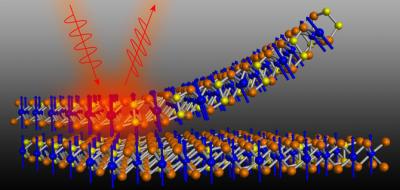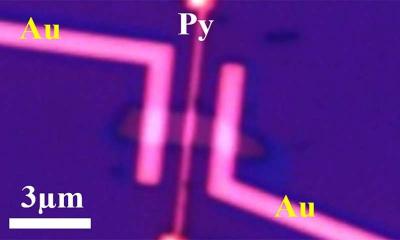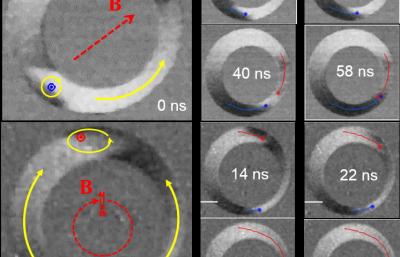Researcher discover a 2D material that possessed an intrinsic ferromagnetism.
Researchers from the DoE's Lawrence Berkeley National Laboratory discovered that 2-D chromium germanium telluride (CGT) feature an intrinsic ferromagnetism. Up until now it was not clear whether magnetism could survive in such thin materials - but this discovery proved that it could of course.

The CGT flakes were produced using exfoliating (the scotch-tape method, the same one used to produce graphene in Manchester in 2004). This discovery can lead to extremely thin spintronic devices.

